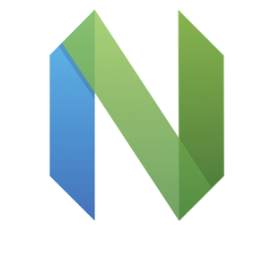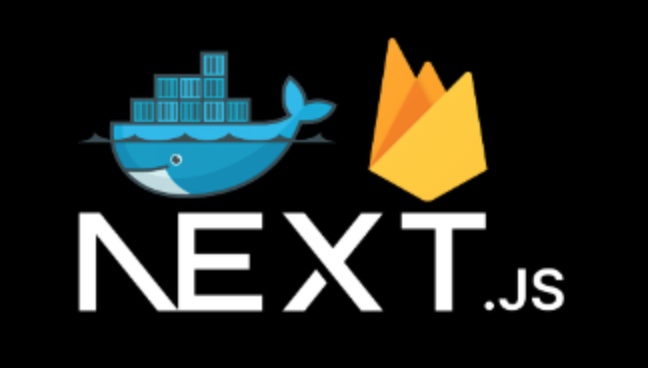Switching from vim to Neovim!

I’ve been using Vim for a long time and finally switched to Neovim. The initial thought of switching came after the author of VIM passed away in August 2023, as I didn’t have the time to try other editors. After a year, “vibe coding” grew up, so I started thinking how to integrate AI into my editor and surveying how to use AI in Vim, which led to this journey.
TOC
Main differences
- Tab vs. Buffer:
ref: https://www.reddit.com/r/neovim/comments/13iy0p0/why_some_people_use_buffers_for_tabs_and_not_vim/
In vim, I used vsp or tabnew to open or edit a file and mapped tabprevious command with Tab key to navigate between tabs. However, in Neovim, I used buffer instead of tabs and mapped BufferLineCyclePrev with Shift + h for switching buffers.
- coc vs. native lsp:
I configured many coc settings to support TypeScript and JavaScript language servers, including linting and Prettier on save, go-to definition or reference, and codelens. After using Neovim, I converted all of these settings to nvim-lspconfig and mason, among others.
- Lua supports:
Although I’m not familiar with Lua, it allows me to write more readable configuration files using modules, functions, and tables (objects) for Neovim.
return {
"akinsho/bufferline.nvim",
version = "*",
dependencies = "nvim-tree/nvim-web-devicons",
opts = {
options = {
sort_by = "insert_at_end",
numbers = "both",
diagnostics_indicator = function (count, level, diagnostics_dict, context)
local s = " "
for e, n in pairs(diagnostics_dict) do
local sym = e == "error" and " " or (e == "warning" and " " or " ")
s = s .. n .. sym
end
return s
end
}
},
config = function (_, opts)
vim.opt.termguicolors = true
require("bufferline").setup(opts)
end
}- AI supports:
Vibe coding! I found many plugins to integrate LLMs and finally selected three to use:
- avante.nvim Let your Neovim be a Cursor AI IDE – it’s undergoing rapid iterations and many exciting features will be added successively; it updates almost every day!
- CodeCompanion CodeCompanion can customize workflows and prompts, and its
Action Paletteis a really useful tool. - gp.nvim GP means GPT Prompt, and it’s an Neovim AI plugin. It helps me write prompts through Neovim’s cmdline.
I usually switch between these plugins, and I’m still thinking about my ‘vibe-way’ to use them. Because of supporting Ollama LLM, all of them can be used offline.
For now, I’ve used Neovim for three months, and got to know Neovim. In my experience, Neovim is really more productive than vim.
Reference
----- Rewrite by Avante + Ollama gemma3:4b ------
For a long time, I relied on Vim for my coding. However, after Bram Moolenaar’s passing in August 2023 – a significant influence in the Vim community – I decided it was time for a change. I began exploring alternative editors, ultimately settling on Neovim. This journey wasn’t just about switching editors; it was about integrating AI into my workflow and redefining my coding experience.
Key Differences: Tabs vs. Buffers
One of the first things I noticed was the shift from tabs to buffers in Neovim. In Vim, I frequently used vsp or tabnew to open or edit files, navigating between tabs with the Tab key and Tabprevious command. Neovim, however, utilizes buffers, offering a more streamlined approach. I configured BufferLineCyclePrev with Shift + h for seamless buffer switching, alongside nvim-tree/nvim-web-devicons and akinsho/bufferline.nvim.
Leveraging Language Servers with coc and nvim-lspconfig
I configured many coc settings to support TypeScript and JavaScript language servers, including linting and Prettier on save, go-to definition or reference, and codelens. Recognizing the power of language servers, I then converted all of these settings to nvim-lspconfig and mason.nvim, streamlining my development environment.
Lua Configuration for Readability
Although I’m relatively new to Lua, it allows me to write more readable configuration files using modules, functions, and tables (objects) for Neovim. Here’s a snippet of my configuration:
return {
"akinsho/bufferline.nvim",
version = "*",
dependencies = "nvim-tree/nvim-web-devicons",
opts = {
options = {
sort_by = "insert_at_end",
numbers = "both",
diagnostics_indicator = function (count, level, diagnostics_dict, context)
local s = " "
for e, n in pairs(diagnostics_dict) do
local sym = e == "error" and " " or (e == "warning" and " " or " ")
s = s .. n .. sym
end
return s
end
}
},
config = function (_, opts)
vim.opt.termguicolors = true
require("bufferline").setup(opts)
end
}AI-Powered Productivity with avante.nvim, CodeCompanion, and gp.nvim
To truly elevate my coding experience, I integrated several AI plugins. I selected:
avante.nvim: This plugin transforms Neovim into a Cursor AI IDE, undergoing rapid iterations and adding exciting new features daily.CodeCompanion: This plugin allows for customizable workflows and prompts, with a particularly usefulAction Palette.gp.nvim: (GPT Prompt) – This plugin helps me write prompts through Neovim’s command line interface, leveragingfolke/noice.nvim. Because of supporting Ollama LLM, all of these plugins can be used offline.
I’m still experimenting with how to best utilize these plugins – a “vibe-way” to coding!
Resources for Further Exploration
